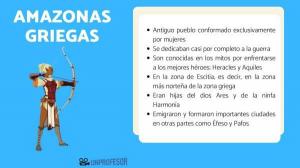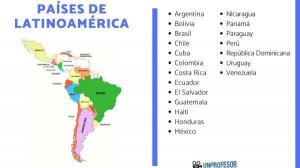ROMAN Empire in Spain
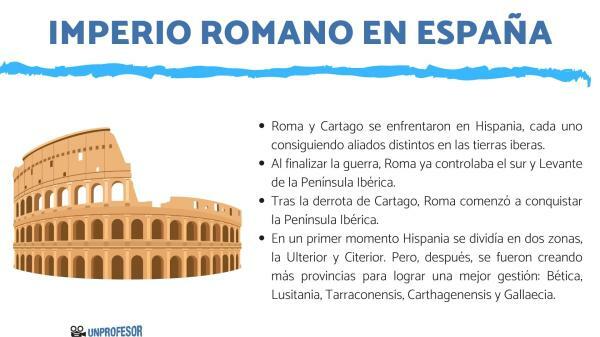
The Roman Empire was one of the greatest civilizations of the history of humanity, being able to expand throughout almost all of Europe during its heyday. One of the most important European areas was Spain, since some of the main Roman cities were established there and several of the Roman emperors were born on its lands. To get to know this historical moment in depth, in this lesson by a Teacher we will offer a summary of the Roman Empire in Spain.
Index
- Invasion of Rome to Spain: summary
- Wars of Roman conquests: between Iberians and Romans
- Hispania as a province of Rome
Invasion of Rome to Spain: summary.
To talk about the Roman Empire in Spain, it is important to understand when this empire entered the Peninsula. Until the third century BC. c. Rome had never tried to take Hispania because it was a place very far from her areas of influence. Therefore, she focused her efforts on the conquest of the entire Mediterranean area.
In this age, the main enemy of Rome it was carthage, a North African power that had already faced the Romans in the First Punic War, where the victory had been for the Romans. After this defeat, the Carthaginians changed their objective and focused on the Iberian Peninsula, conquering the south and Levante of the region through alliances and wars. Carthage placed the control headquarters in the city of Qart Hadasht, current Cartagena, from where they enriched themselves with the mines and increased their troops by hiring Iberian mercenaries.
Finally, Rome had to intervene in the Iberian Peninsula when Carthage attacked the city of Saguntum, which was a Hellenic colony allied with the Romans. This event started the Second Punic War, in which the troops of Carthage, led by Hannibal Barca, reached Italy and the Romans had to enter Hispania to cut off the supplies of the Carthaginian troops.
During years, Rome and Carthage clashed in Hispania, each one getting different allies in the Iberian lands. The clashes were constant between the two sides and the Romans were taking the cities under the power of Carthage. At the end of the war, Rome already controlled the south and Levante of the Iberian Peninsula.
Wars of Roman conquests: between Iberians and Romans.
After the defeat of Carthage, Rome began to conquer the Iberian Peninsula, understanding that the mines in the area would give them great wealth and benefits. To govern the region, she divided her lands into two provinces, the Citerior to the northeast with its capital in Tarraco, and the Ulterior to the south with its capital in Córdoba, which would be governed by two proconsuls.
But the government was not well received by Hispanics, causing decades of wars between the Iberians and the Romans for control of the area, and these being the so-called wars of conquest.
The Iberian Revolt
The first war of conquest took place between 197 a. c. and 195 a. c. and it was caused by the uprising of the Iberians from the provinces occupied by the Romans who considered that the changes they had brought harmed the Iberians. After years of war, the Romans managed to regain control of the area, forcing the natives to lay down their arms forever.
lusitanian wars
Over time, the Romans increased their influence towards the west of Hispania, being the area known as Lusitania. The Romans had to face a huge number of revolts from the Lusitanians, but they were finally able to defeat them and make Lusitania part of Later Rome.
Celtiberian Wars
The longest war between the Romans and the Hispanics, lasting almost 80 years, due to the constant stoppages due to the peace agreements. The Celtiberians were a warrior people of Celtic origin that inhabited the Ebro area, and although they generally reached pacts with the Romans, it was common for them to break them. After years of war, most of the Celtiberians disappeared, while the Romans finally controlled the center of Hispania.
Cantabrian Wars
The last expansion of the Romans was towards the north, facing the peoples Cantabrians and Astures. Rome's victory against these peoples took place in 19 BC. C., being the moment in which the Romans finally completely conquered Hispania.
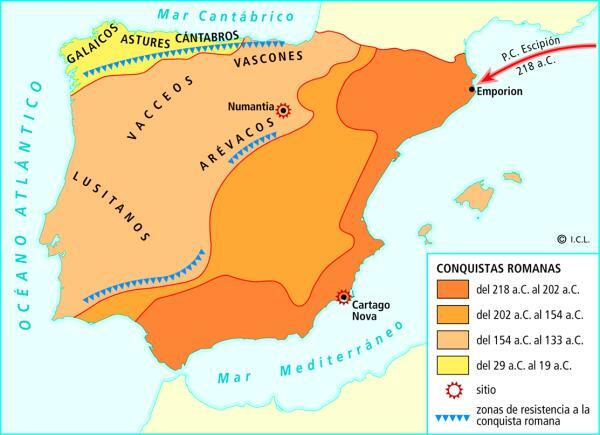
Hispania as a province of Rome.
To conclude this summary of the Roman Empire in Spain, we must talk about the evolution of the Hispanic provinces in Roman history to learn about the evolution of the management of this part of the Roman Empire.
As we have already mentioned, at first Hispania was divided into two zones, the Ulterior and Citerior. This division was made for military reasons and served to divide the zone of Roman conquest, since in that part they only had the south, which was Ulterior, and the east, which was Citerior.
Over the years, the expansion of the Romans made it necessary change management of Hispania, especially after defeating the Lusitanians in the wars against them. For this reason, the provinces of Ulterior and Citerior were maintained, but the Ulterior was divided into two provinces new:
- Baetica, which was the south
- Lusitania, which had the territories conquered during the Lusitanian wars.
Finally, and at the end of the Roman Empire, the enormous management of Hispania made it necessary for the Romans to increase the number of provinces:
- The provinces of Baetica and Lusitania remained in this new formation.
- Citerior was transformed into Tarraconensis
- The provinces of Carthagenensis and Gallaecia were created
With this, they achieved a better management of this territory.
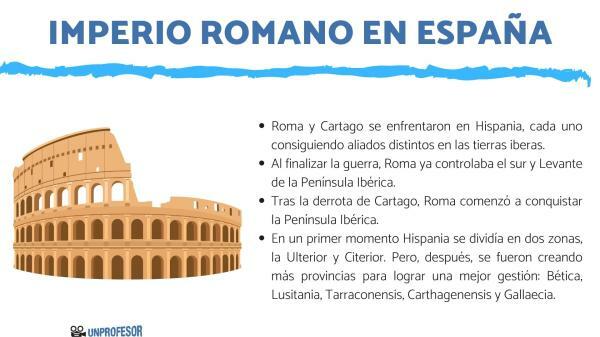
If you want to read more articles similar to Roman Empire in Spain - summary, we recommend that you enter our category of History.
Bibliography
- Barceló, P., & Maestro, J. J. F. (2016). History of Roman Hispania. Alliance.
- Tovar, A., & Blázquez, J. m. (1975). History of Roman Hispania. language, 2, 65.
- Blazquez, J. m. (1978). Economic history of Roman Hispania. Christianity Editions.


